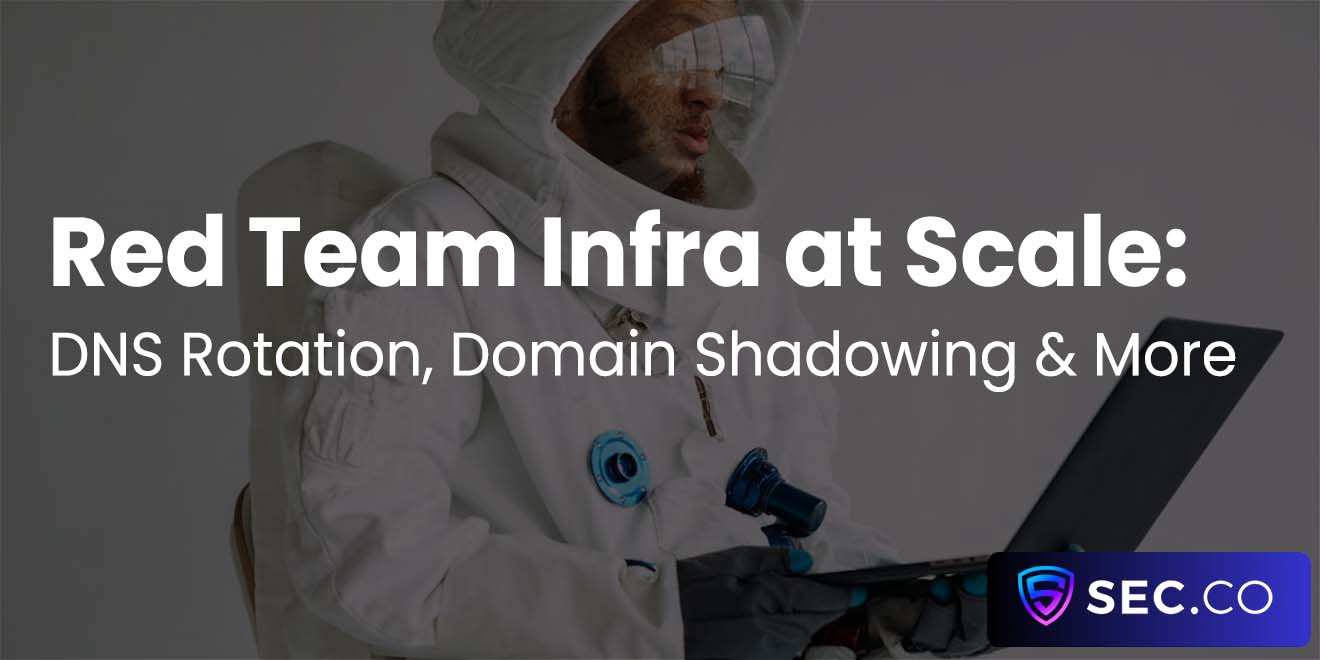Cybersecurity Audit vs. Cybersecurity Assessment: Everything You Need to Know
The moment you start digging into the world of Cybersecurity or Cyberdefense, two phrases pop up again and again: “cybersecurity audit” and “cybersecurity assessment.” They sound interchangeable, and vendors sometimes blur the lines on purpose, but treating them as the same thing can leave real vulnerabilities unnoticed—or waste money on the wrong engagement.
Below is a plain-English walkthrough of what each exercise involves, how they differ, and how to decide which one (or, more often, which sequence) makes the most sense for your organization.
Why the Distinction Matters
Scope, Depth, and the Story You Tell
Picture an audit as a snapshot and an assessment as a short documentary. An audit zooms in on specific controls—“Are you doing X, Y, and Z exactly as the policy says?”—and then issues a pass-fail verdict.
An assessment, by contrast, pulls the camera back to capture the bigger narrative: “How do your people, processes, and technologies interact, and where are the soft spots you may not even see yet?” Mixing up the two can skew budgets, misinform leadership, and leave compliance gaps you thought were covered.
Who Typically Drives Each Exercise
Audits are often triggered by regulators, investors, or customers who need proof that you meet a defined framework such as ISO 27001, SOC 2, or PCI-DSS.
Assessments are usually initiated internally—by CISOs, IT leadership, or boards that want a broader risk picture for strategic planning or merger activity.
What Exactly Is a Cybersecurity Audit?
A cybersecurity audit is a formal, point-in-time inspection of your organization’s security controls against a recognized benchmark. Auditors work from a checklist aligned to the chosen standard. They collect evidence—system configurations, policy documents, log samples—and verify that every control exists and operates as stated.
Bullet list: Core Traits of an Audit
Control-centric: Focuses on whether each prescribed safeguard is present and functioning.
Evidence-driven: Relies heavily on artifacts such as screenshots, tickets, and signed policies.
Binary outcome: You either comply or you don’t; remediation windows are short and specific.
High stakes: Results may determine your ability to land contracts, process payments, or satisfy regulators.
Recurring cadence: Annual or semi-annual audits are common, keeping the organization on a tight compliance cycle.
Because an audit’s job is to certify, not consult, auditors generally refrain from recommending “stretch” improvements. They validate what is in place today, issue a report, and move on. If you fail a control, you get a deficiency notice and a due date for correction—no road-map, just a clock ticking.
How a Cybersecurity Assessment Differs
If an audit is a snapshot, an assessment is a diagnostic check-up. Assessors step into your environment, interview stakeholders, review architectures, and run technical tests such as vulnerability scans or simulated phishing campaigns. The goal is insight, not certification.
Bullet list: Hallmarks of an Assessment
Risk-oriented: Ranks issues by likelihood and business impact rather than strict pass-fail scoring.
Holistic: Evaluates governance, staff awareness, incident response maturity, third-party exposure, and cloud workloads in one sweep.
Advisory tone: Delivers prioritized recommendations, budget estimates, and quick-win suggestions.
Flexible methodologies: May align to NIST CSF, CIS Controls, or a hybrid model tailored to your industry.
Forward-looking: Helps leadership build a multi-year roadmap instead of just closing last year’s gaps.
The language you receive at the end—“high,” “medium,” or “low” risk; “immediate,” “near-term,” or “future” action—translates easily into board presentations and budget requests. In short, assessments tell a story that resonates with both the technical team in the trenches and executives holding the purse strings.
Choosing the Right Path for Your Organization
When an Audit Makes Sense
You need an audit when a contract, a law, or a payment network demands documented compliance. Think medical practices pursuing HIPAA certification or retailers dealing with PCI-DSS requirements. The mandate is external; the timeline is fixed. Here, an assessment alone won’t satisfy stakeholders because only a certified audit yields the formal report or attestation letter they require.
When an Assessment Adds More Value
Consider a growing company about to expand into Europe. GDPR looms large, but leadership isn’t even sure where personal data resides, let alone which controls must tighten. An assessment pinpoints the gaps, ranks them by risk, and lays out a remediation plan. After that groundwork, the organization can march confidently into a formal GDPR compliance audit.
The Sweet Spot: Layering Both
Many mature programs follow a rhythm: assessment first, audit second. The assessment uncovers blind spots and makes remediation manageable; the audit then validates compliance and offers the external stamp of approval. Reversing the order can lead to costly surprises. Imagine paying audit fees only to discover fundamental deficiencies that delay certification for months.
Practical Tips to Get the Most From Either Engagement
Clarify objectives upfront. Are you chasing a compliance certificate or strategic risk insight? Misalignment leads to frustration and re-work.
Select the right framework. NIST CSF, ISO 27001, and CIS Controls each shine in different scenarios; pick the one your industry and regulators respect.
Assemble cross-functional teams. Finance, legal, HR, and operations must sit at the table; security rarely owns every control outright.
Treat findings as fuel, not failure. Whether a report lists deficiencies or high-risk items, each point is an opportunity to improve business resilience.
Build continuous improvement loops. Schedule mini-assessments or control checks between formal exercises so issues never pile up for the next big event.
Integrating Both for a Mature Security Posture
Cyberthreats evolve faster than any regulatory checklist can keep up. By combining the rigor of audits with the context-rich guidance of assessments, organizations gain a 360-degree view of their defenses. Audits keep you honest and market-ready, while assessments keep you curious and adaptive. Over time, that blend nurtures a security culture that treats compliance as a baseline, not a finish line.
Final Thoughts
The terms “cybersecurity audit” and “cybersecurity assessment” will remain near-cousins in board discussions and sales pitches, but their roles differ enough to influence everything from budgeting to breach readiness. Knowing when you need certification, when you need consultation, and when you need both is a hallmark of a company that treats security as a strategic pillar rather than a box-checking chore.
Choose wisely, plan deliberately, and you’ll turn two often-confused exercises into complementary engines for stronger, smarter cyber defense—today and well into whatever digital storms tomorrow brings.
Trusted by the Web Community
See what we written lately
Request an invite
Get a front row seat to the newest in identity and access.
















